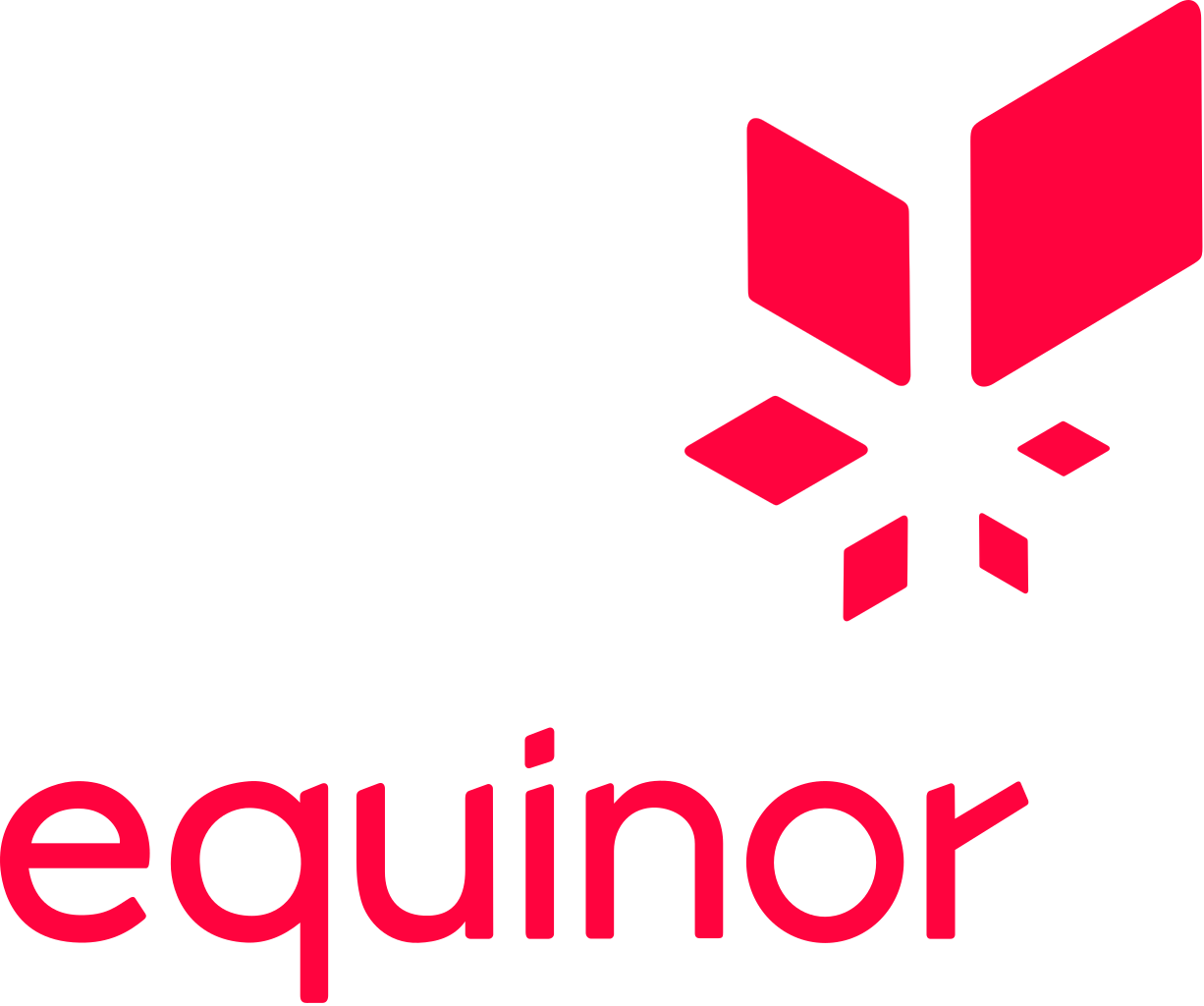Equinor to spend more on renewables as oil output rises
The majority state-owned Norwegian company said it would dedicate more than 50% of investments to renewables and CO2 capture by 2030, from less than 5% in 2020, following demands for change from investors and some Norwegian politicians. The pressure intensified last month after a Dutch court ordered Shell to move more aggressively to cut greenhouse gas emissions and the International Energy Agency (IEA) said the world needed to halt investment in new oil and gas projects by next year to achieve net zero emissions by the middle of the century.

- Country:
- Norway
Equinor will speed up investments in renewable energy and low carbon solutions as new oil and gas comes onstream ahead of peak production in 2026, the company said on Tuesday as the pressure mounts to prove it can adapt to a greener future. The majority state-owned Norwegian company said it would dedicate more than 50% of investments to renewables and CO2 capture by 2030, from less than 5% in 2020, following demands for change from investors and some Norwegian politicians.
The pressure intensified last month after a Dutch court ordered Shell to move more aggressively to cut greenhouse gas emissions and the International Energy Agency (IEA) said the world needed to halt investment in new oil and gas projects by next year to achieve net-zero emissions by the middle of the century. In addition, a new legal challenge against Norway's Arctic oil exploration efforts was made public on Tuesday.
Equinor's CEO said the company will meet its previous goal of a 3% annual increase in oil and gas output until 2026 as new fields come onstream, but by 2030 daily output will be roughly equal to 2020 and could decline further thereafter. A decade from now, more than half of capital expenditure will go to investments such as wind power, solar plants, and carbon capture and storage (CCS) which prevents emissions of gases into the atmosphere, the company said.
"We will continue to cut emissions, and in the longer term, Equinor expects to produce less oil and gas than today, recognizing reducing demand," Chief Executive Anders Opedal said in a statement. "Significant growth within renewables and low carbon solutions will increase the pace of change towards 2030 and 2035," he added.
The company said its net carbon intensity, a measure of how much emissions are caused per unit of energy or barrel of oil and gas production, will decline 20% by 2030 and 40% by 2035. It reiterated a 2050 goal of net zero emissions and brought forward a long-term renewable energy goal of reaching 12-16 gigawatt (GW) of installed capacity by 2030 from 2035 previously.
INSUFFICIENT Storebrand Asset Management (SAM), which holds a 0.5% stake in Equinor, said the plans for more renewable investment were good, but the carbon intensity goal was insufficient.
"It is not the same as absolute targets for greenhouse gas emissions and not immediately in line with our expectations," SAM Chief Executive Jan Erik Saugestad told Reuters. Some investors could be appeased by a rising dividend, although it remains below pre-pandemic levels of $0.27.
Equinor will increase its quarterly dividend to $0.18 per share from $0.15 paid in the first quarter. It also plans to introduce a new share buyback initiative. Free cash flow is expected to amount to some $35 billion combined for the years 2021-2026, around 10% lower than expected, analysts at Citi said in a note to clients.
Equinor's shares traded down 2.5% at 187.4 crowns at 0952 GMT, lagging a 0.7% decline in European energy stocks.
(This story has not been edited by Devdiscourse staff and is auto-generated from a syndicated feed.)
ALSO READ
Ex-Marine facing extradition in Australia says wasn't US citizen at time of offence
'Modi ki guarantee' for Indian citizens residing abroad: EAM Jaishankar
European stocks rise ahead of inflation data; Basilea shines
EXCLUSIVE-Russia's Novatek may scale back Arctic LNG 2, focus on Murmansk, sources say
European stocks rise ahead of inflation data; Basilea shines










